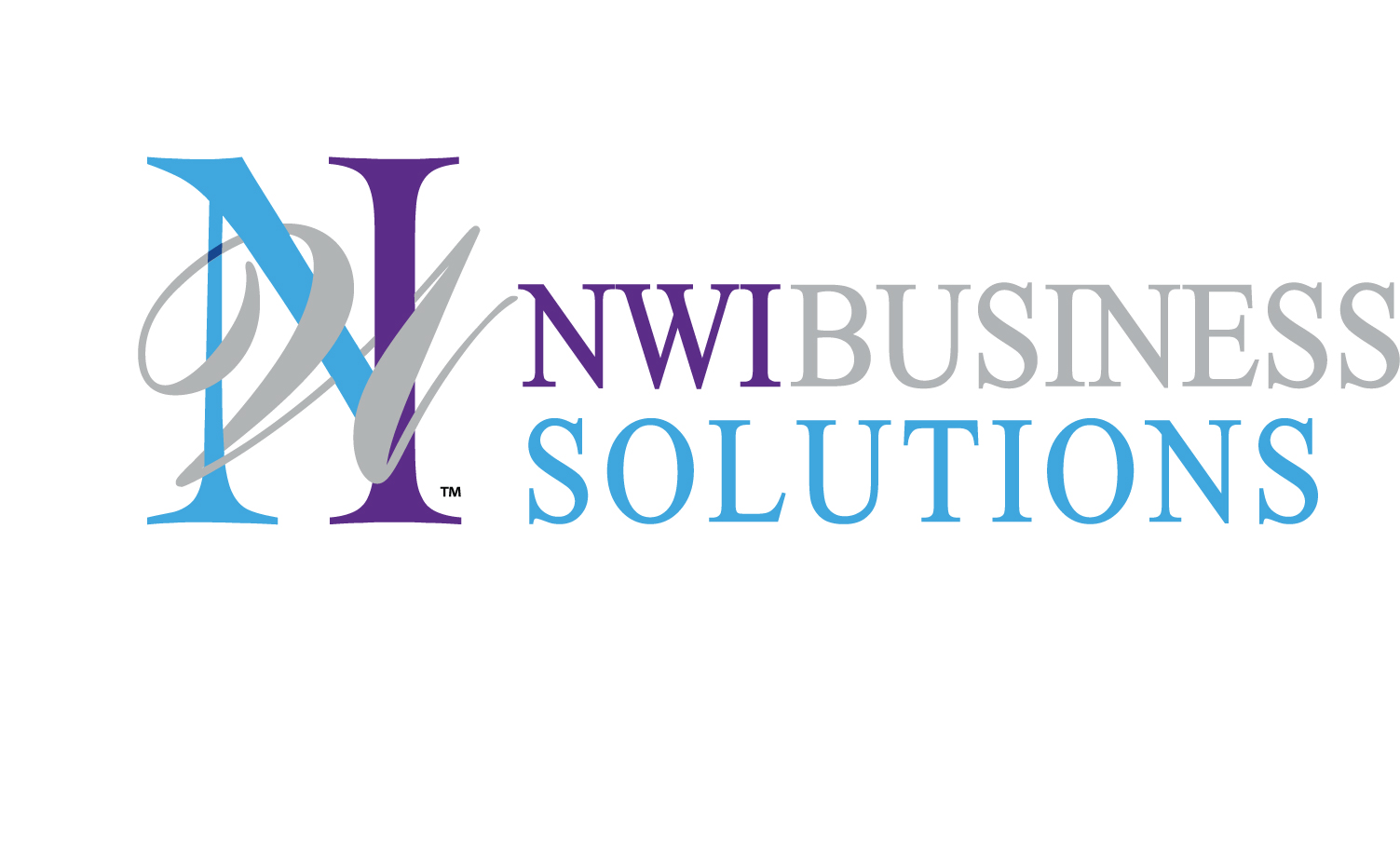Thanks to pandemic-induced isolation, many of us are just now looking to renew our personal and business connections. It’s probably been a while since you attended the large functions, in-person meetings, conventions, networking events, and other occasions that you used to take for granted.
Prepare yourself before you venture out to in-person networking events and activities. Formulate a strategy and be purposeful in your approach.
Specify your target
To begin, specify your target. Who do you want to meet? Consumers, business reps, potential employers, or mentors?
If you hope to reach consumers directly, specify their demographic characteristics and their needs. If you are looking to reach businesses or potential employers, clarify their industry, size, and what they may need from you.
The answers to these questions will determine where you should network.
Several years before the pandemic, I had a friend who joined a local chapter of a popular nationally franchised networking referral group. It was expensive to join and required a significant investment of time.
What he didn’t realize at the time was that the group was composed of primarily real estate agents, insurance agents, mortgage brokers, investment managers, and various home services professionals.
The members formed a tight-knit group of people whose businesses had a logical connection to each other. They had similar target customers (in many cases the same customer) and could easily give referrals to each other. Unfortunately, none of them were likely targets for his services.
When his annual membership was up for renewal, and not having obtained a single new client, he left the group.
The moral of the story? Clarify your networking target. Then, make sure that the networking event you attend, the group you join, or the convention you register for actually includes the people, industries, and type of businesses you hope to reach.
What’s in it for them?
Clarify what you can offer the people you meet through networking. As they say, you have to “give to get.” Be prepared to introduce others to your contacts, and service providers, or to give recommendations to help them meet their needs.
Know what to expect
Before you attend any sort of networking event ask about the number of guests and if masks are required. Wear a mask if required or if it makes you feel more comfortable.
Also find out if there is a speaker, a round table discussion, a meal, or a table to place your literature. Is there a cost to attend? Are you expected to bring anything or formally introduce yourself?
Be prepared
Dress professionally (unless it is a golf outing or sporting event) – you are representing your company. What is the image you are projecting?
Bring a name tag, just in case they do not provide one. Bring your business cards, paper, pen, and paper (yes, paper is old school, but it shows great interest on your part when someone sees you writing down notes).
Prepare your “elevator speech”. This is a brief description of who you are, who you serve, and your unique offerings. A well-crafted introduction will draw prospects out of the crowd.
Have in mind what you intend to offer as the next step after you make a connection with someone. A Zoom meeting, coffee meeting, free consultation, or a company tour?
And don’t forget hand sanitizer – you’ll be shaking a lot of hands.
During the event
We are all busy. It’s important to make the best use of the time you spend on networking.
Be present and distraction free. Put your phone away (unless you intend to take photos of business cards or take notes on your phone). You want to make eye contact and be observant.
Ask the coordinator or people you’ve met for introductions to others at the event. Alternatively, don’t be afraid to join a table or circle of people. Introduce yourself and ask questions. Remember that people (that includes you) love to talk about themselves. They will likely reciprocate by asking you questions.
When first meeting others, do not ask directly if they need your services. Instead, ask if they know anyone who may need your services. If they are in need, they will reveal so, eventually.
Not all of the people you meet will be potential customers. Instead, some may be potential power partners. Power partners are businesses or professionals who share the same target market, but do not offer overlapping products and services.
The purpose of a power partner relationship is to share referrals, ideas, clients, and information. In addition to facilitating repeat and referral business, power partners may also collaborate on projects.
After the meeting
What happens after your networking event is just as important as what happens during.
Before you forget too much, use a lead rating system to categorize those you met at the event. Note on their business cards if they are a potential customer, a power partner, a mentor, or perhaps even a potential employer.
Then research your prospects and their business. Send a LinkedIn invitation to those who have the most potential. Follow up with your hottest prospects within 24-48 hours and suggest the next step – whether it’s coffee, lunch, or a free consultation.
If you have one, be sure to place your prospects into your CRM or email database so that they will receive further communications from you.
Your first meeting with a prospect after a networking event is a “discovery session” to determine if there is potential to either do business together, work together as power partners, or arrange a mentorship arrangement. I call this “the first date”. Like a first date, it is an opportunity to evaluate if you are a good match and will be meeting or working together again.
We all need help sometimes
Reach out to us if you need help preparing your elevator speech, building a networking strategy, or a follow-up process. And be sure to check out our next blog post – we’ll share an outline to follow during your first date.


Recent Comments